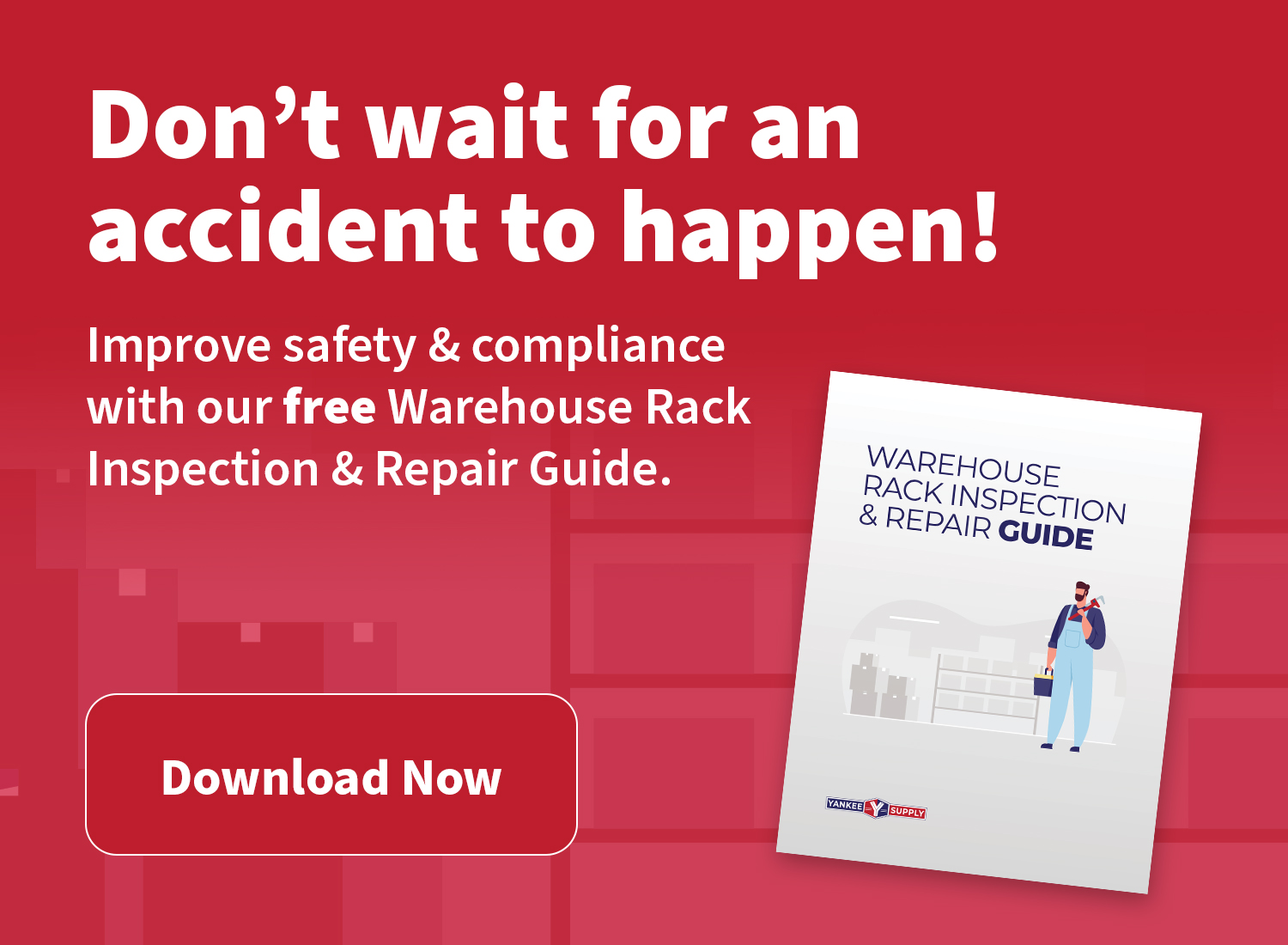In the quick-paced field of warehouse management, efficiency improvement is a never-ending goal. Pallet Flow Systems are one of the ground-breaking innovations that has completely changed the way warehouses function. These systems improve overall material handling efficiency by providing a dynamic approach to storage and retrieval. We’ll examine the main features of Pallet Flow Systems in this extensive overview, including its advantages, parts, and role in more efficient warehouse operations.
Pallet flow systems or flow-racks are pallet storage systems that utilize wheels or rollers to convey and accumulate pallets. Anywhere from two to twenty pallets can be stored, giving you a higher storage density system than with other racks. Pallets are loaded from one end then picked up at the other allowing for first-in-first-out storage. The addition of pallet flow systems can save as much as 75% more space within your facility.
Not only will the addition of a pallet flow system increase efficiency it will also maximize safety. These storage systems are built with only the strongest materials which means they will be able to withstand your heaviest pallets and offer a sturdy storage solution.
Understanding Pallet Flow Systems
Pallet Flow Systems—also called gravity flow racks—are made to make the most of available space and make it easier for products to move through warehouses smoothly. Pallet Flow Systems use gravity to move pallets over inclined rollers or wheels within a rack, in contrast to standard static racking systems. First-in, first-out (FIFO) inventory rotation is guaranteed by this gravity flow, which makes it the perfect option for warehouses handling perishable or time-sensitive commodities.
Key Components of Pallet Flow Systems
- Rails or Rollers: A Pallet Flow System’s rails or rollers are its vital components. Pallets can move easily from the loading end to the unloading end thanks to these strategically located on slope lanes.
- Speed Controllers: Speed controllers are incorporated into the system to maintain a regulated flow and stop pallets from moving too quickly. These can be changed in accordance with the dimensions and weight of the loaded pallets.
- Brake Systems: Brake systems can be used to control pallet movement speed or establish separate lanes for different pallet sizes, depending on the layout and unique requirements of the warehouse.
Benefits of Implementing Pallet Flow Systems
- Optimal Space Utilization: High-density storage is possible without sacrificing accessibility thanks to Pallet Flow Systems, which maximize vertical space. This is especially helpful in warehouses where there is a limited amount of room.
- Improved FIFO Inventory Management: Effective inventory rotation is encouraged by the gravity-driven movement, which makes sure the first pallet loaded is the first to be discharged. For businesses that deal with products that have expiration dates, this is essential.
- Decreased Labor Requirements: Pallet Flow Systems minimize the need for heavy physical labor while loading and unloading pallets because the majority of the movement is handled by the gravity-driven mechanism. This increases operational efficiency.
- More Products Can Be Processed in a Given Time Frame: A higher throughput is made possible by the constant pallet flow. This is especially helpful in settings where a lot of items are coming in and going out.
Applications Across Industries
Pallet Flow Systems are used in many different sectors where effective material handling is crucial.
- Food and Drink: Perfect for perishable items; older inventory is shipped out first.
- Automotive: Handling parts and components with different weights and sizes with efficiency.
- Retail: Simplifying procedures for completing orders for a variety of goods.
- Pharmaceuticals: Ensuring that medications with expiration dates are distributed on schedule.
Considerations for Implementation
Pallet Flow Systems provide several benefits, but implementing them successfully calls for careful consideration of a number of aspects, including:
- Product Characteristics: The Pallet Flow System’s design and configuration are influenced by the size, weight, and stability of the products.
- Warehouse Layout: The system’s design and viability are greatly influenced by the physical configuration of the warehouse, especially its height at the ceiling and the amount of floor area that is available.
- Inventory Rotation Requirements: Pallet Flow Systems work well for products with short shelf lives in industries with stringent FIFO regulations.
To sum up, Pallet Flow Systems are a significant advancement in warehouse efficiency that provide a flexible and room-saving answer to today’s logistics problems. Adopting cutting-edge solutions like Pallet Flow can revolutionize operational performance and help warehouses adapt to the ever-changing needs of the market as they continue to evolve.
Please give us a call or email us to customize the right storage system for you!







